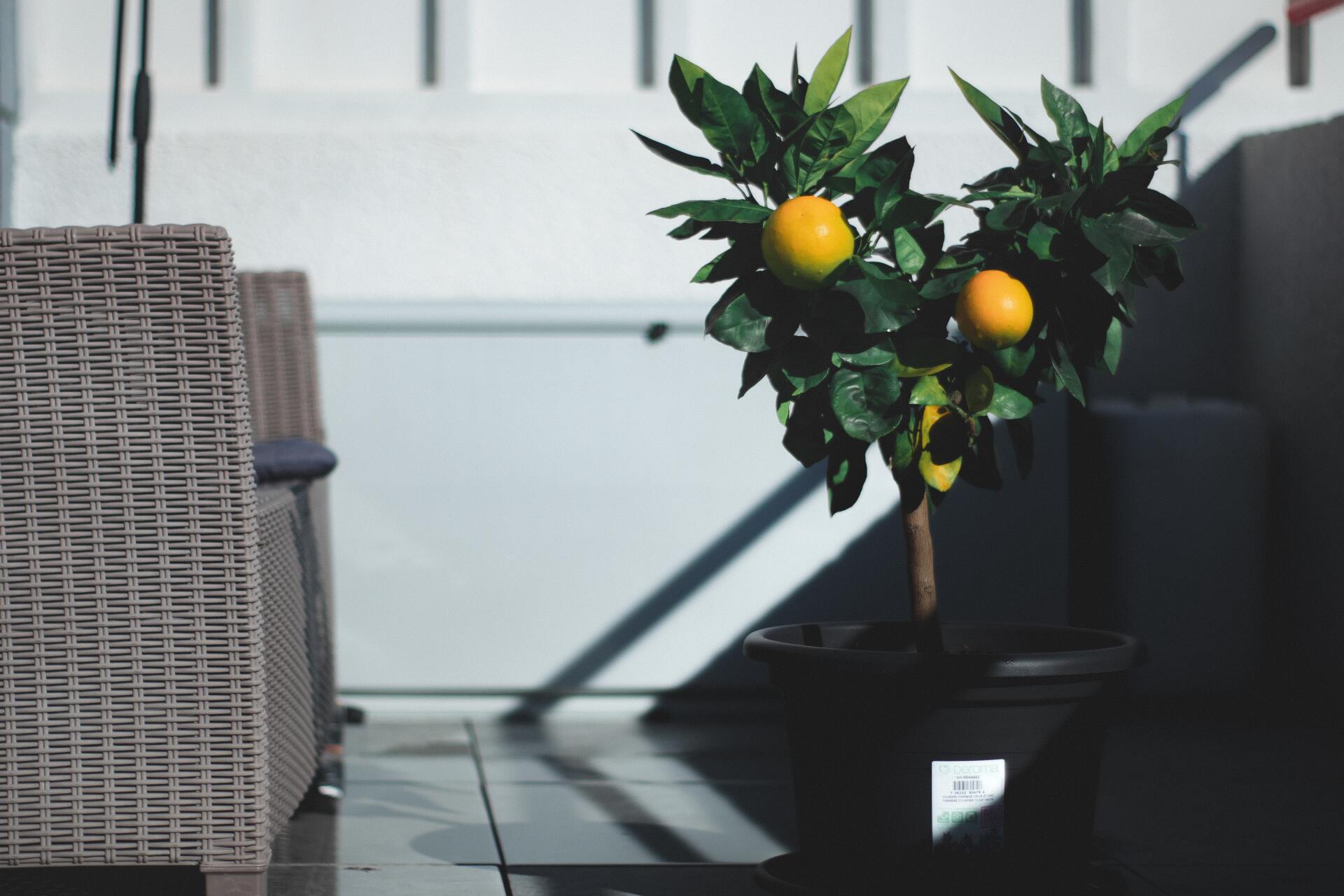How To Grow Citrus Plants Indoors
Who says you can only grow citrus plants in the tropics? With a few tips, you can be growing lemons, limes and more inside your home!

If you’re looking for a way to upgrade your houseplant collection, we have a zesty solution! Although our winters are harsh and summer is short, growing citrus plants is a fantastic way to enjoy a little bit of the tropics all year long – even indoors.
Here are the most common types of citrus plants to grow and some helpful tips on keeping them thriving.
What Types Of Citrus Can You Grow Indoors?
These are the most popular citrus plants to grow. We suggest choosing your favourite or mix it up with a variety of types.
Meyer Lemon: A cross between a mandarin orange and regular lemon. They are smaller and have smoother skin with a hint of orange. They are much sweeter than regular lemons and pair well with salads or in a sorbet.
Lime: Hello, DIY key lime pie! Limes are the perfect addition to flavoured water, mixed beverages and summer treats and tarts.
Calamondin Orange: Tiny, sour fruit with vibrant orange colour and fragrant blossoms. They can be used in dressings, juices, and desserts.
How To Take Care Of Citrus Plants Indoors
Choose the right container
Aim for a container with drainage holes so any access water can drain through. Aim for a pot that has good depth so the roots can grow strong and healthy. As the plant grows, a deep pot will help the plant balance and not become too top-heavy.
Proper soil
Citrus plants need well-draining soil. Soil mixes with peat moss, perlite, vermiculite and compost are fine to use as long as the soil is light enough to drain water well is the best option.
Sunshine and placement
Citrus plants will thrive indoors in a location that receives lots of sunlight. A minimum of six hours is ideal. Avoid any extreme cold drafts or direct heat from your heater. Having a humidifier nearby will also keep the plant happy because it adds moisture in the air – similar to their tropical homes.
You can keep your citrus plant outdoors during the summer once the risk of frost has passed and temperatures are consistently above 10°C. Some varieties are a bit colder tolerant than others, so check the plant tag or ask an expert at the garden centre.
Watering tips
Overwatering is the number one killer of citrus plants. Water deeply, but only when the top 2 to 4 inches of soil is dry. A moisture meter is a great tool to keep handy for checking the soil wetness on all your houseplants. Try to establish a schedule for your plant – see how every seven to 10 days works. But first of all – check the soil! Be sure to use filtered, room-temperature water.
Signs of overwatering in citrus plants can look like:
- Soil stays moist every day
- The bottom of a terra cotta pot looks dark or green and is damp to the touch
- Water stays standing in the saucer
- Leaves are drooping and turning yellow
- Small bugs like fruit flies hover everywhere – these are fungus gnats and are an indication that the pots and soil are very wet
You’ll also want to consider fertilizing with a high nitrogen fertilizer to help encourage flowering. More flowering = more fruit!










